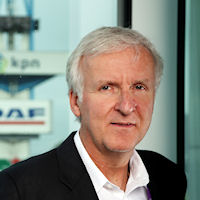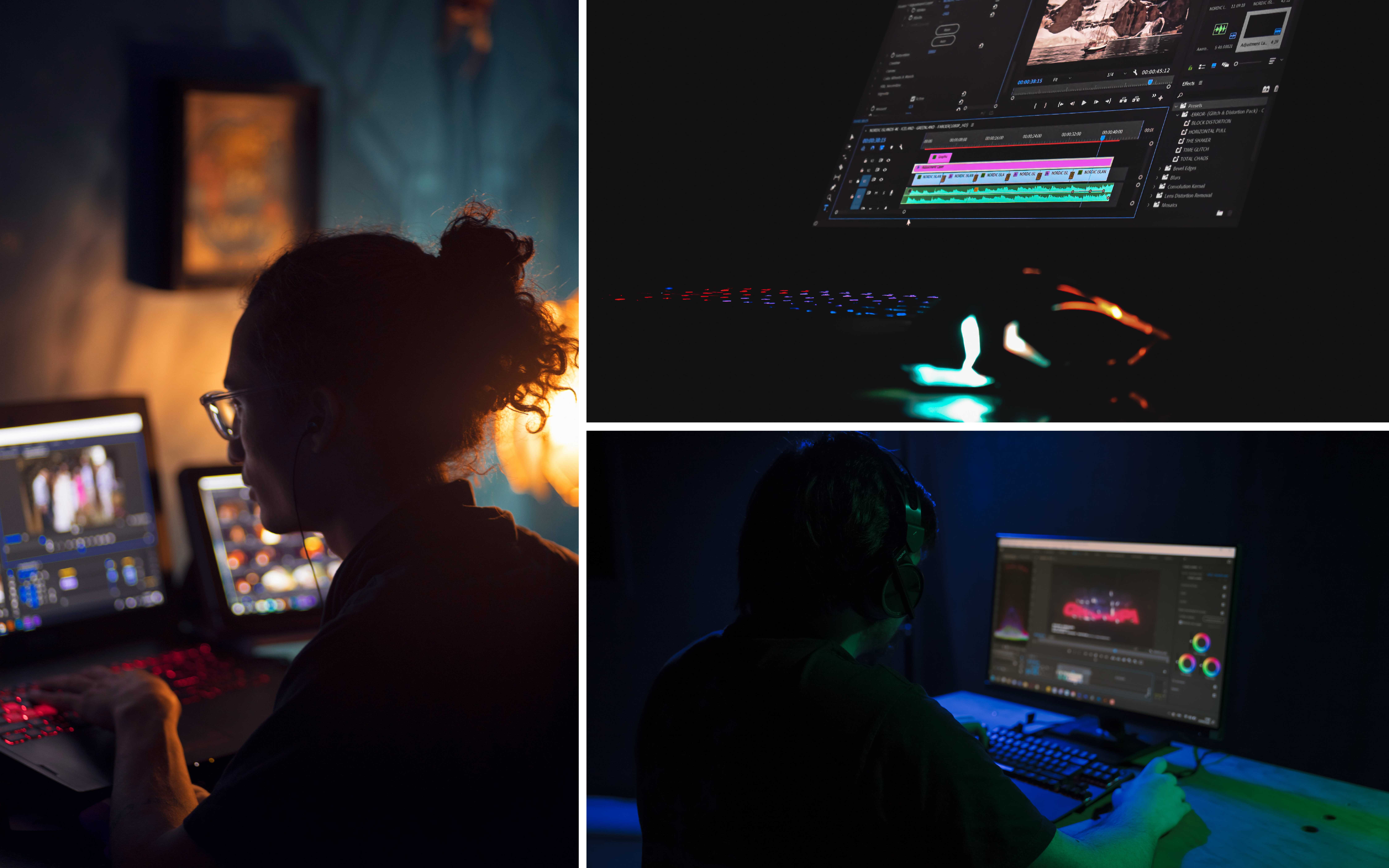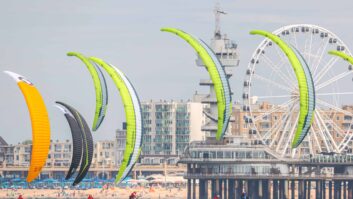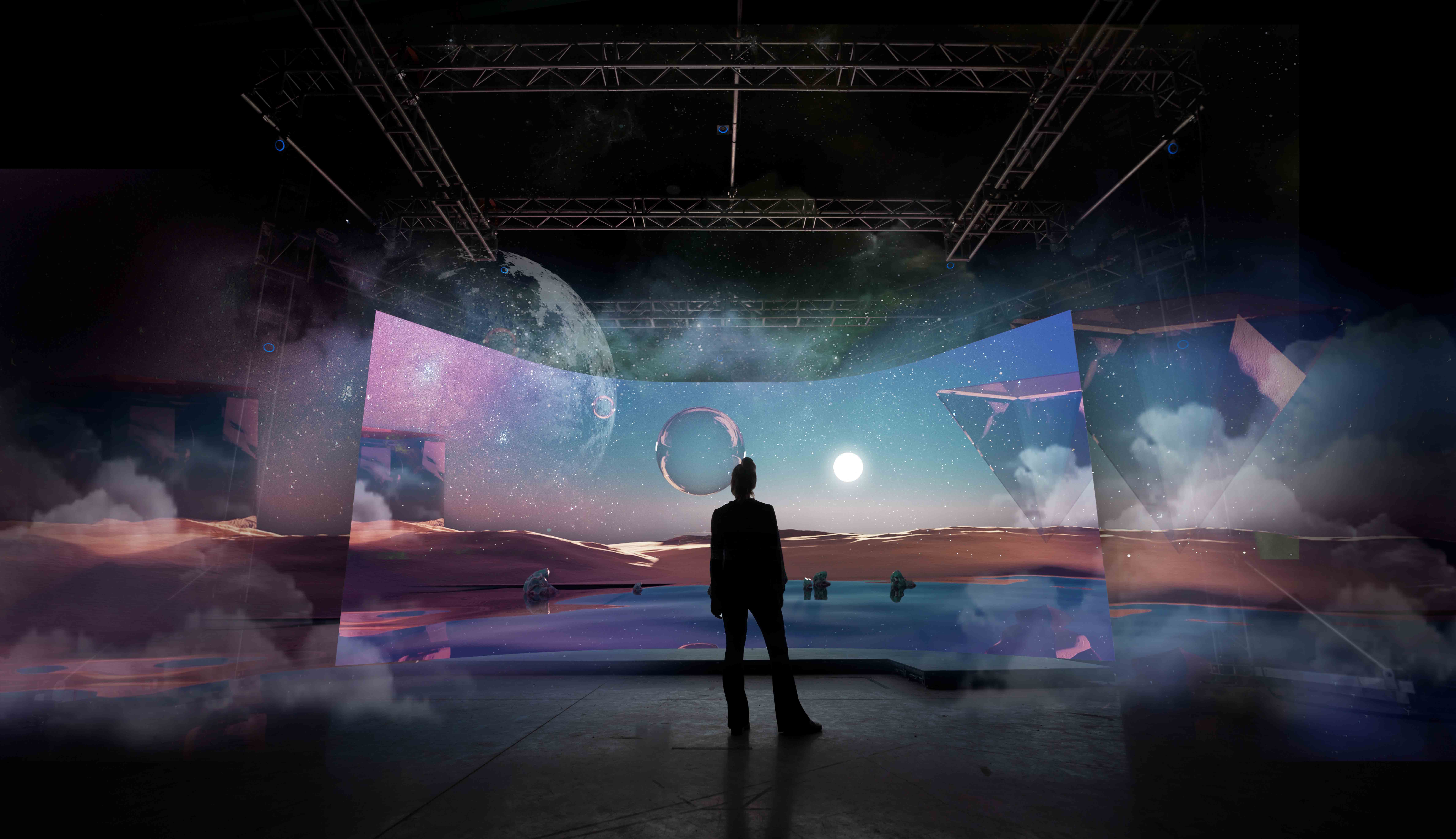
Cameron Pace Group (CPG) is looking to export its model for 3D live production into Europe and planning to produce a 40-45 camera 3D event which would dwarf anything yet attempted. Although CPG co-founders Vince Pace and James Cameron declined to name the production, Pace said: “We are shooting with 14 cameras on the US Open and we shot 19 cameras for the X Games. We are talking about a production today that will carry 40-45 cameras.” Potential candidates include the 2012 Ryder Cup held at the Medinah Country Club in Illinois and the 2012 Olympics in London which will be covered with up to 42 3D rigs. “It would be fantastic do the Olympics,” said Cameron. “I don’t think there is anybody around who could do it better in terms of integrating 3D cameras into robocams and unique POV situations.” Added Pace: “The chief question is, what does it cost to do World Cup soccer or the Olympics in 3D?; and we are probably the leading company providing a cost model that can compete with 2D.” Pace and Cameron aim to convince the likes of the Olympic Broadcast Service (OBS) and HBS (which produces live event coverage for FIFA) that the economics of 3D broadcasts can be brought in line with that of 2D using their systems today. “Our philosophy is to have one production,” Cameron told TVBE. “There is no business model that makes any sense for two separate productions. In the interim phase we will use Shadow technology to merge 2D and 3D into a single production but still take discrete feeds for 2D and 3D. Ultimatley where we think it needs to go is to have 3D cameras and extract 2D feeds from those. “There are some people who think you have to have separate productions,” he added. “I just don’t know how you support that financially. There is no technical reason why you need to do that. There is no empirical evidence that faster cutting is necessarily better even in 2D. This is something that needs to get sorted out by the people in charge creatively. You want the best sports directors to embrace the 3D tools and then make their own creative decision about whether to have two separate line cuts or one that bridges both worlds.” Asked whether they would be talking with FIFA and HBS about using CPG technology for the FIFA World Cup 2014, Cameron replied: “If we spent a couple hours in a room with FIFA we could convince them we could shoot their sport in a way that people would enjoy and that it wouldn’t compromise the 2D feed.” At IBC the business partners were able to announce the arrival of CPG in the UK targeting live sports production. “We have had tremendous success domestically serving up to 140 live 3D sports productions to date based on the Shadow system,” explained Pace. “We have a great test bed with ESPN and CBS and now is the time to migrate that same model into the UK – to globalise the model.” CPG aims to provide complete 3D mobile units as well as to supply outside broadcast providers with its technology: “We want to raise the level of 3D production by delivering a business model which elevates the quality and reduces the cost,” said Pace. “There is no future associated with two separate feeds. The solution is taking shape at the US Open right now where there are twice the amount of cameras (than CPG’s Emmy award-winning coverage in 2010) with the exact same crew we used in 2010 and the exact same cost for twice the net value (two courts are being covered). It was unheard of to talk about 40-camera 3D production before, but we are on the track to increase the number of cameras that capture sport. It has got to work from a financial standpoint or we are not doing it at all.” www.cameronpace.com






